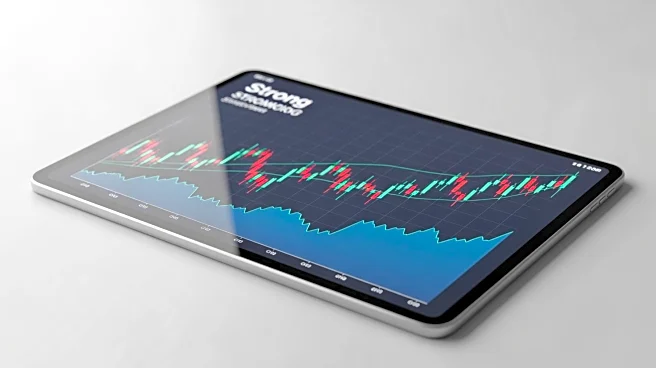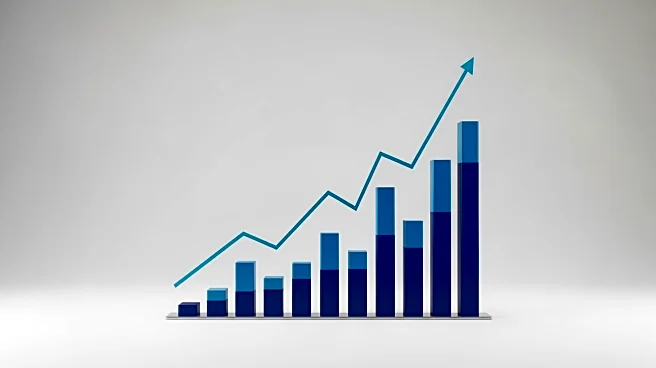What's Happening?
Kaynes Technology, a semiconductor and industrial manufacturing company, has reported robust financial results for the September quarter. The company's net profit doubled year-on-year, although revenue and margins were slightly below market expectations.
Revenue for the quarter increased by 58.4% to Rs 906 crore, compared to Rs 572 crore in the previous year. Operating profit rose by over 80% to Rs 148 crore, with margins expanding to 16.3% from 14.3%. The industrial division led the growth with a 74% rise in revenue, while the automotive and railway segments grew by 26% and 53%, respectively. Despite the strong performance, the company's revenue fell short of analysts' projections of Rs 972 crore, and operating profit was below the forecast of Rs 157 crore.
Why It's Important?
The positive financial results and the maintained 'Buy' ratings from major brokerages like Jefferies and Nomura highlight the potential for continued growth in the semiconductor sector. This is significant for investors and stakeholders in the U.S. technology and manufacturing industries, as it underscores the resilience and expansion potential of companies like Kaynes Technology. The company's growth is further supported by government approvals under the Electronic Component Manufacturing Scheme, which could enhance its competitive edge. However, concerns about the high working capital cycle and cash flow conversion remain, which could impact future financial strategies and investor confidence.
What's Next?
Kaynes Technology anticipates continued growth in the second half of FY26, with expected revenue increases of 50 to 60%. The company plans to expand its capacity in multi-layer and HDI PCB manufacturing, which could further bolster its market position. Jefferies has raised its target price for the stock, expecting OSAT production to begin by FY27 and annual sales to reach Rs 3,500 crore by FY30. However, the company may face challenges related to its high working capital cycle and potential needs for additional funding if cash flow pressures persist.













